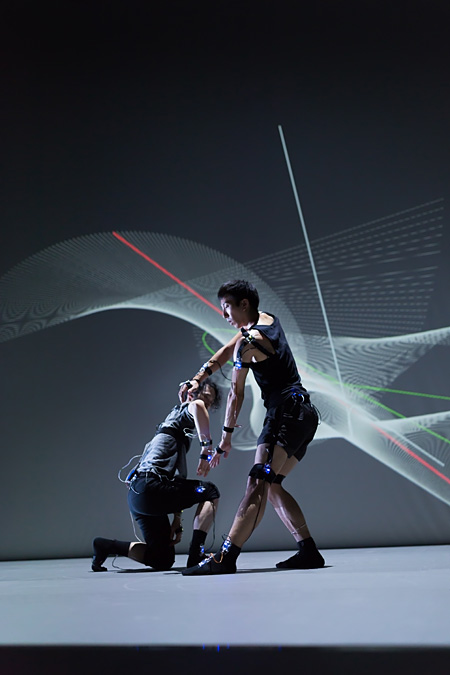
MERCE CUNNINGHAM
简宁汉
מרס קנינגהם
マース·カニングハム
머시 디스 커닝햄
dance
Мерс Каннингем
Paul Kaiser
Shelley Eshkar
Dancer Matthieu Chayrigues
Compagnie Centre National de Danse Contemporaine-Angers.
Photo: Charlotte Audureau.
BIPED
“Ever the experimentalist, Cunningham collaborated with digital artists Paul Kaiser and Shelley Eshkar using motion capture technology to create BIPED. As the name suggests it’s in its most basic sense an exploration of the biped, the ambulatory two-legged body.
Eshkar and Kaiser place a scrim in front of the dancers on which they project a moving décor of lines and patterns.” Lisa Traiger











